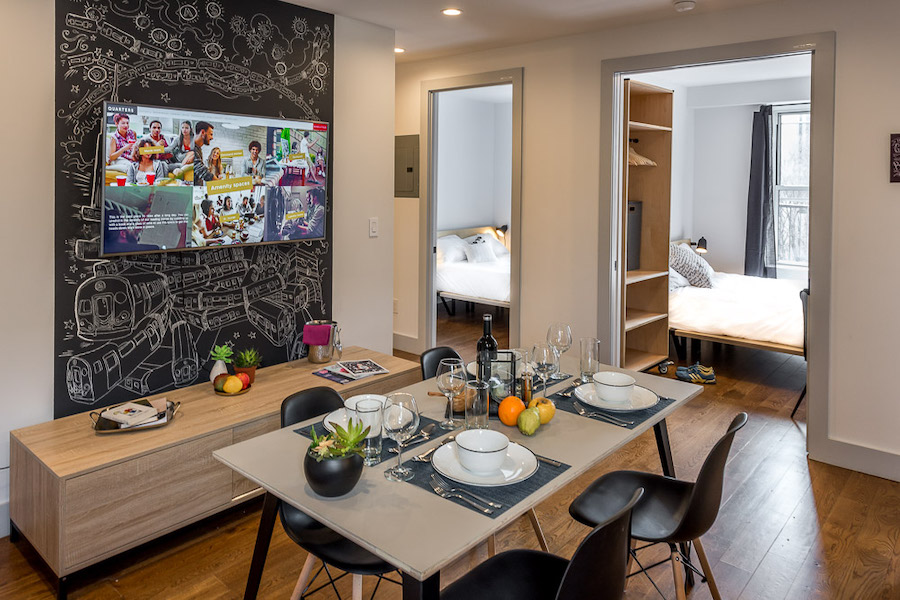
The sharing economy, downsizing and a focus on experiences set the stage for co-living.
🔍 Problem
The cost of living in major cities is rising faster than wages.
🏁 Players
Co-Living Spaces
- The Guild (Atlanta, GA)
- SoulRooms (Toronto, Canada)
- Tribe (San Francisco, CA)
- Goal House (Brooklyn, NY)
- SunDesk (Taghazout, Morocco)
- KoHub (Koh Lanta, Thailand)
- Tomorrow (Chattanooga, TN)
- A Landing Pad (Barcelona, Spain)
Co-Living Networks
Co-Living Directories
🔮 Predictions
- Co-living networks (such as Selina and Outpost) will continue to grow.
- Co-living network members will be able to travel the world with low switching costs. (Predictable revenue from subscriptions will enable this.)
- Co-living spaces will form around interests, i.e., house music lovers, startup founders, tennis players and more.
- Niche co-living spaces will be used for mentoring. A community of retired lawyers may provide legal advice to startup founders. (Prediction by Keith Bradley)
- Many who can afford to live alone will choose community over seclusion
- Equity firms will do ‘co-living rollups’ to form networks. Branding, booking, accounting and other services will be consolidated.
- The next recession will lead to more co-living. (EDIT: Unless the next recession is caused by a pandemic 🥴)
☁️ Opportunities
- Start a co-living space (See this guide)
- Develop hardware for co-living spaces (Check out SALTO)
- Create a co-living quiz to match residents to spaces
- Create subscription services for co-living residents (snack packs, dry cleaning, curated clothing boxes)
- Develop value-add services for co-living spaces (fitness training, massages, cleaning, shuttles, catering, tours)
- Invest in a REIT with co-living holdings
- Create specialized furniture for co-living common areas
- Build software to solve co-living problems such as security and shared resource booking
😠 Haters
“This is no different than roommates.”
Co-living approaches shared space from first principles. These spaces accommodate more people with better unit economics. And without the annoyance of bill splitting.
“This is no different than dorms.”
Similar concept. Both demographics are skewed young. But many co-living residents are young professionals not college students.
🔗 Links
- Co-Living Is Not a Trend, It’s How Everyone Has to Live Now — Liz Steelman
- ‘Co-living’: the end of urban loneliness – or cynical corporate dormitories? — Will Coldwell
- Millennials are paying thousands of dollars a month for maid service and instant friends in modern ‘hacker houses’ — Melia Robinson
- The Case for Co-living — Joe Frabotta
- “Co-living” is the new “having roommates” — Rani Molla
- The Coliving Code Podcast — Christine McDannell
- Co-Living 2.0 Trend Stronger Than Airbnb and WeWork? — Gord Collins
- Hacker houses offer shared living for the young, green, and tech-obsessed — Samantha Larson